5 email marketing tips to increase conversions
Written by Michal Leszczynski | 27th December 2023
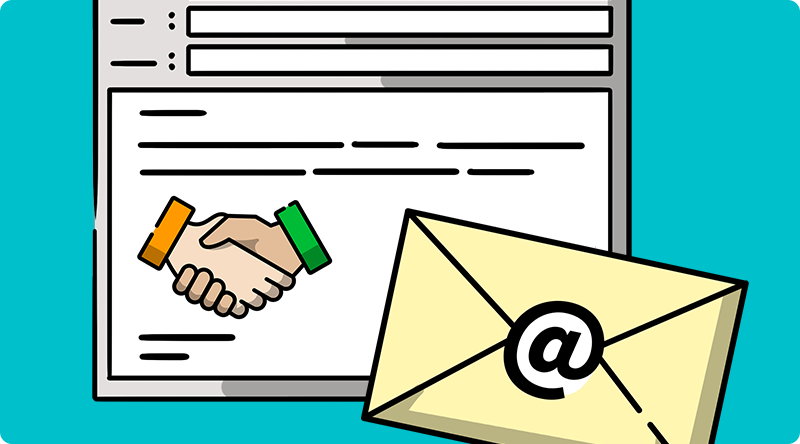
There is no doubt that email marketing remains one of the best digital marketing strategies today. The statistics speak for themselves, really.
For starters, email has one of the highest returns on investment, at $36 for every $1 spent. Additionally, according to the Future of Commerce 2023 report (1), 86% of consumers want to hear from brands. Of this, a staggering 60% said they prefer these messages to be sent via email.
Now, of course, you still need an excellent email marketing strategy to enjoy the full benefits of this marketing channel. So, in this article, you’ll learn five proven email marketing tips to increase your conversions. Let’s get started!
For starters, email has one of the highest returns on investment, at $36 for every $1 spent. Additionally, according to the Future of Commerce 2023 report (1), 86% of consumers want to hear from brands. Of this, a staggering 60% said they prefer these messages to be sent via email.
Now, of course, you still need an excellent email marketing strategy to enjoy the full benefits of this marketing channel. So, in this article, you’ll learn five proven email marketing tips to increase your conversions. Let’s get started!
1. Understand your target audience
Understanding your target audience is the first step to successful email marketing. The more you know your audience, the better you can create email messages that resonate with them.
But how do you achieve this? Start by looking at demographics such as age, gender, occupation, and income. Understanding your customers also requires you to put yourself in their shoes. Make an effort to think and feel as they do. Learn their needs and pain points as well.
But how do you achieve this? Start by looking at demographics such as age, gender, occupation, and income. Understanding your customers also requires you to put yourself in their shoes. Make an effort to think and feel as they do. Learn their needs and pain points as well.
Another way is to leverage Google Analytics, social media insights, and customer relationship management (CRM) software. With these, you can gather not just personal customer data but also email clients’ behavior.
Create buyer personas that incorporate all this information. They can serve as your guide when crafting emails for your marketing campaigns.
Once you understand your audience, you can easily segment your email list later. List segmentation involves splitting your email list into smaller, more specific groups based on criteria such as age, location, purchasing behavior, or past activity with emails. Segmentation can help you send personalized content according to each customer segment’s interests and needs. We’ll talk about personalization later.
Create buyer personas that incorporate all this information. They can serve as your guide when crafting emails for your marketing campaigns.
Once you understand your audience, you can easily segment your email list later. List segmentation involves splitting your email list into smaller, more specific groups based on criteria such as age, location, purchasing behavior, or past activity with emails. Segmentation can help you send personalized content according to each customer segment’s interests and needs. We’ll talk about personalization later.
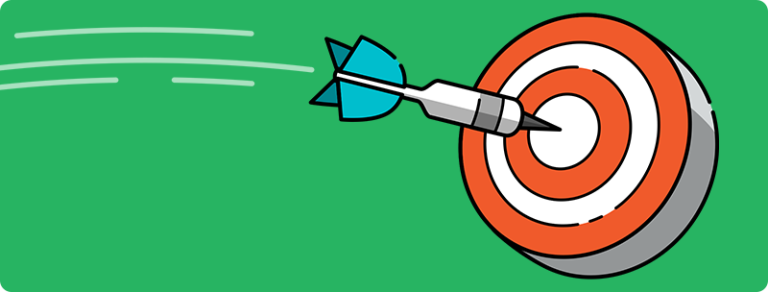
2. Build a quality email list
The best best newsletter platforms will easily help you build your email list through sign-up forms and popups. But you’ll also need to take extra precautions to capture high-quality leads. You may have the best email marketing campaigns, but if the people you’re sending your emails to aren’t interested, then your conversion rate will always be terrible.
Therefore, one of the first things you must do is build an email list of individuals who are actually interested in your brand and product offerings. Here are some tips to help you build a quality email list:
Therefore, one of the first things you must do is build an email list of individuals who are actually interested in your brand and product offerings. Here are some tips to help you build a quality email list:
-
- Offer lead magnets that align with your product offering. This way, only those you can convert into paying customers will subscribe to your email list. For instance, if you’re selling email marketing software, offer a downloadable email marketing guide in exchange for email addresses. Don’t offer an Amazon gift card. This will entice even those not interested in your email marketing solution to sign up.
-
- Implement double opt-in forms to ensure subscribers confirm their email addresses before being added to your contact list. This helps ensure that every email address you collect is valid and owned by real people genuinely interested in your offerings.
-
- Regularly clean your email list by removing inactive subscribers or invalid email addresses. This helps to improve your email deliverability and ensures that your messages reach an engaged audience who are more likely to respond positively to your offers.By building quality email marketing lists, you’re more likely to gain higher open rates, click-throughs, and, ultimately, customer conversions.

3. Create a compelling call-to-action
Now that you have your email list primed and ready, your audience needs clear, concise instructions on what to do next after reading your emails. That’s where a call-to-action comes into play.
A compelling CTA will guide your subscribers to take the desired action. It could be a prompt to check out your latest product, sign up for a webinar, or simply visit your website.
Use the following strategies to optimize your CTA:
Keep it short and simple: Your CTA should be short and concise. Long-winded CTAs can confuse your readers and dilute the urgency.
Use action-oriented language: Use phrases such as ‘Shop Now’ or ‘Get Your Free Trial, or strong command verbs like ‘Buy,’ ‘Register,’ ‘Subscribe,’ ‘Download,’ etc. Your language should incite action and create a sense of urgency to motivate recipients to click through.
Avoid multiple CTAs:
Don’t give your audience too many options. You might only end up confusing them.
Experiment: Try different call-to-action buttons, color contrasts, sizes, and placements to find what works best for your audience. Make them visually appealing, and place them prominently in your email.
A compelling CTA will guide your subscribers to take the desired action. It could be a prompt to check out your latest product, sign up for a webinar, or simply visit your website.
Use the following strategies to optimize your CTA:
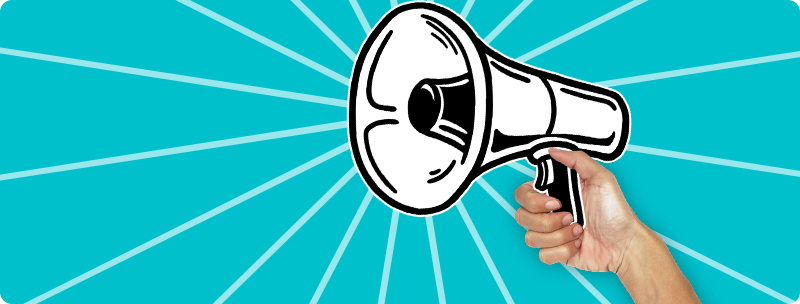
4. Personalize email content
Personalizing email content is not just about inserting your recipient’s name in the subject line or greeting. It’s about tailoring your email messages to the needs and preferences of your readers so they can take your desired action.
For this, you can use the audience persona you created to guide your email content creation. Personalize your emails according to the email segments you created as well. But don’t just stop there.
You can also leverage automation to send different types of emails based on users’ specific actions. Thanks to email marketing automation, for example, you can send a personalized discount offer to customers who abandoned their carts to entice them to finish their purchases.
It’s also important to tailor your email content to the buyer journey. Send emails that are relevant at every stage of the buying process.
For instance, you can share educational emails for subscribers still in the early stages of the buying process. Meanwhile, hot leads will respond better to promotional emails, such as newsletters on discount offers and product demos.
For new customers, you can embed explainer videos and other tutorials into your emails. This valuable content will help potential customers understand how your product works so they can get maximum value from it.
There are many tools you can use to create engaging videos and ensure effective email marketing campaigns. simpleshow’s AI-powered platform, however, stands out since it can help you transform text into beautiful animated videos in just a few minutes. You simply answer a couple of questions about your topic and the platform automatically generates a video script for you. Click the visualize button and a fully animated video is created using relevant illustrations from its database. It’s also very simple to customize your video with brand colors, etc.
For this, you can use the audience persona you created to guide your email content creation. Personalize your emails according to the email segments you created as well. But don’t just stop there.
You can also leverage automation to send different types of emails based on users’ specific actions. Thanks to email marketing automation, for example, you can send a personalized discount offer to customers who abandoned their carts to entice them to finish their purchases.
It’s also important to tailor your email content to the buyer journey. Send emails that are relevant at every stage of the buying process.
For instance, you can share educational emails for subscribers still in the early stages of the buying process. Meanwhile, hot leads will respond better to promotional emails, such as newsletters on discount offers and product demos.
For new customers, you can embed explainer videos and other tutorials into your emails. This valuable content will help potential customers understand how your product works so they can get maximum value from it.
There are many tools you can use to create engaging videos and ensure effective email marketing campaigns. simpleshow’s AI-powered platform, however, stands out since it can help you transform text into beautiful animated videos in just a few minutes. You simply answer a couple of questions about your topic and the platform automatically generates a video script for you. Click the visualize button and a fully animated video is created using relevant illustrations from its database. It’s also very simple to customize your video with brand colors, etc.
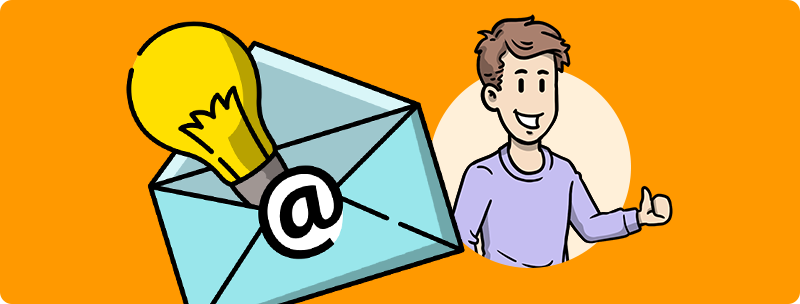
5. Measure and analyze email marketing performance
Measuring and analyzing the campaign’s results is essential to ensuring continuous growth and improvement. If you used explainer videos, as mentioned above, this is also where you track the performance of your video content. When you know what works and what doesn’t in your email campaigns, you can make the necessary adjustments. You can also create better future campaigns.
That said, below are some common email metrics monitored:
Ultimately, the most important metrics to monitor will be the ones that tie to the specific email marketing goals. Here is what I mean.
If you’re using email marketing to promote a webinar, you’ll monitor how many people click and sign up for the webinar. If you’re using email for SaaS link-building outreach (2), you’ll need to check your open rate and the number of recipients who respond positively to your email. And if you’re promoting a product, clicks, and conversions attributed to your email are probably your most important metrics. They’re the best way to monitor your email marketing’s ROI.
It’s also important to track these email marketing metrics over time and benchmark your results against industry standards.
If you’re using email marketing to promote a webinar, you’ll monitor how many people click and sign up for the webinar. If you’re using email for SaaS link-building outreach (2), you’ll need to check your open rate and the number of recipients who respond positively to your email. And if you’re promoting a product, clicks, and conversions attributed to your email are probably your most important metrics. They’re the best way to monitor your email marketing’s ROI.
It’s also important to track these email marketing metrics over time and benchmark your results against industry standards.
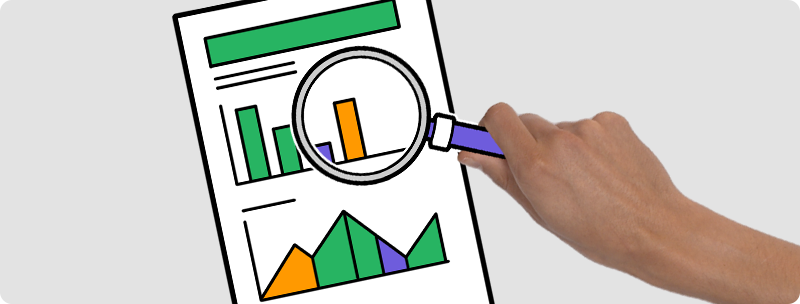
Conclusion
Email marketing has an amazing ROI. However, you still need to execute a sound strategy to achieve a successful email marketing campaign.
This article looked at five tips you should follow to increase email marketing conversions. Understand your target audience to ensure you craft relevant content. Also, build a quality email list. You want subscribers who match your ideal customer profile.
Make sure your call-to-actions are compelling as well. The email content itself should be personalized to each recipient. As a final tip, measure and analyze your results. Then, use those insights to tweak your campaigns accordingly.
Remember, there is no one-size-fits-all email marketing strategy. Follow these email marketing tips and keep testing, tweaking, and improving. That way, you’ll achieve the best results.
This article looked at five tips you should follow to increase email marketing conversions. Understand your target audience to ensure you craft relevant content. Also, build a quality email list. You want subscribers who match your ideal customer profile.
Make sure your call-to-actions are compelling as well. The email content itself should be personalized to each recipient. As a final tip, measure and analyze your results. Then, use those insights to tweak your campaigns accordingly.
Remember, there is no one-size-fits-all email marketing strategy. Follow these email marketing tips and keep testing, tweaking, and improving. That way, you’ll achieve the best results.
Author's Bio
Meet Michal Leszczynski, Head of Content Marketing and Partnerships at GetResponse. With 10+ years of experience, Michal is a seasoned expert in all things online marketing. He’s a prolific writer, skilled webinar host, and engaging public speaker. Outside of business hours, Michal shares his wealth of knowledge as an Email Marketing lecturer at Kozminski University in Warsaw. You can reach out and connect with Michal on LinkedIn.
Sources:
1 The Future of Commerce: 2023 Edition: https://squareup.com/us/en/the-bottom-line/series/foc/future-of-commerce
2 https://crunch-marketing.com/blog/saas-link-building/
1 The Future of Commerce: 2023 Edition: https://squareup.com/us/en/the-bottom-line/series/foc/future-of-commerce
2 https://crunch-marketing.com/blog/saas-link-building/

Marc Bartolome is the Head of Business Development at SEO Services Australia, a strategist, and enabler of hundreds of successful digital marketing campaigns. Always looking out for the little guys, he specializes in helping SMEs create a bigger impact online – which is why he writes blog posts like this.
